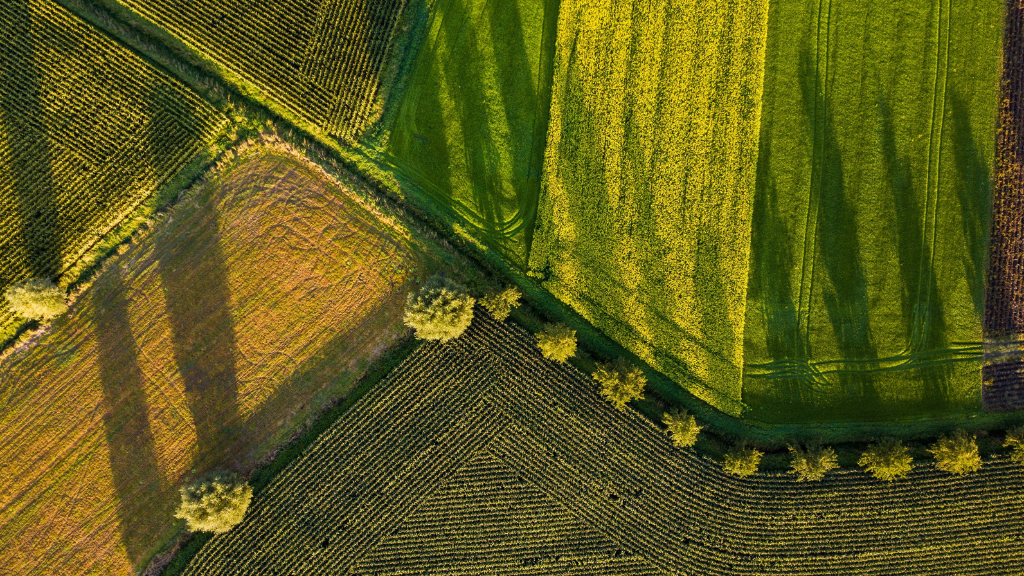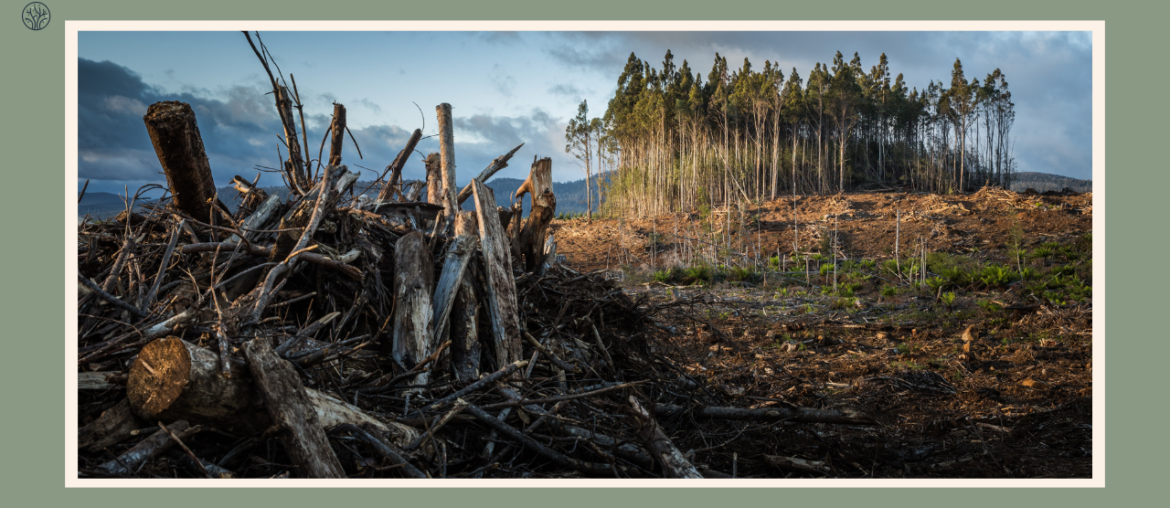Deforestation is one of the biggest threats to our planet. It destroys habitats, reduces biodiversity, contributes to climate change, and affects the livelihoods of millions of people. According to the Food and Agriculture Organization (FAO), we lose about 10 million hectares of forest every year — that’s equivalent to 27 soccer fields every minute!
But what if we could use artificial intelligence (AI) to help protect our forests? Being a powerful tool, AI can help us analyze large amounts of data, detect patterns, and make predictions. It can also help us monitor, manage, and restore forest ecosystems in previously impossible ways.
In this blog post, I will address some of the challenges and opportunities AI presents for forest conservation. I will also share how AI has been deployed to overcome these challenges and prevent deforestation.
Challenges and Opportunities for AI in Forest Conservation
Challenges
AI has enormous potential to prevent deforestation and save our forests. However, it also comes with some challenges and limitations we must address. Here are some of the main ones:
1. Data Quality and Availability
AI models need large and diverse datasets to learn and perform well. However, data on forests can be hard to get, incomplete, outdated, or biased. This can make AI predictions and recommendations less accurate and reliable.
2. Ethical and Social Implications
AI can have positive or negative impacts on people and the environment, depending on how it is designed, used, and governed. For example, AI can help us protect forests from illegal logging, but it can also be used to evade detection or target activists.
3. Integration and Collaboration
AI is not a silver bullet that can solve all the problems of deforestation. It is a tool that needs to be complemented by other approaches, such as policy, education, governance, and community engagement.
Opportunities
On the other hand, AI offers many opportunities for innovation and transformation in forest conservation. Here are some of the main ones:
1. New Ways of Collecting, Analyzing, and Communicating Data
AI can enable new ways of collecting, analyzing, and communicating data that can enhance our knowledge and action. For example, AI uses satellite imagery, drones, sensors, and machine learning to monitor forests in real-time. Furthermore, it can also use deep learning, computer vision, natural language processing, and geospatial analysis to make forest data more accurate and accessible. AI can also help us use data visualization, storytelling, and gamification to communicate forest data more effectively.
2. New Actors and Networks
AI can empower new actors and networks that can mobilize resources and influence change. For example, AI can help us empower consumers, NGOs, conservation agencies, and financial institutions to take evidence-based actions against deforestation. AI can also help us empower local communities, indigenous peoples, women, youth, and other marginalized groups to participate in forest conservation. AI can also help us create new partnerships and collaborations across sectors and regions.
3. New Visions and Narratives
AI can inspire new visions and narratives that can shape our values and behaviors. For example, AI can help us imagine alternative futures where forests are valued and protected, and predict natural disasters like wildfires, floods, etc. AI can also help us create new stories that highlight the benefits of forests for people and the planet. AI can also help us challenge the dominant narratives that justify deforestation for economic growth or development.
Implementation of AI to Prevent Deforestation

Making Forest Data More Accurate and Accessible
AI can help us make forest data more accurate and accessible by using techniques such as deep learning, computer vision, natural language processing, and geospatial analysis.
One project working to improve data quality is the MANA-Vox platform developed by MANA Community, an NGO based in Paris in collaboration with IBM. It tracks and organizes real-time information from social media to monitor individual corporations’ roles in local ecological controversies.
With its AI capabilities, MANA-Vox can:
- Analyze thousands of tweets and linked content every day, filtering out the ones that are not relevant, making data processing faster.
- Display how much companies are affecting nature, giving power to people, groups, agencies, and banks to make informed decisions.
- Examine data from people and witnesses who see deforestation, showing more clearly who is profiting from destroying nature.
- Possibly make companies more accountable, take legal actions, start campaigns, and invest in companies that respect nature.
Finding Vulnerable Forest Areas and Tracking Illegal Activities
One of the main causes of deforestation is human activity, such as illegal logging, mining, agriculture, and urban development. These activities often happen in remote and inaccessible areas, making it hard to detect and stop them.
AI can help us find and track these activities using satellite imagery, drones, sensors, and machine learning.
For example, Global Forest Watch (GFW) is a platform that uses AI to monitor forests worldwide. GFW uses satellite images, cloud computing, and algorithms to detect changes in forest cover, such as tree loss, fire, or degradation. GFW also provides alerts and maps that show where deforestation is happening and who is responsible.
Another example is Rainforest Connection (RFCx), a nonprofit organization that uses AI to protect rainforests from illegal logging. RFCx installs solar-powered devices in trees that capture the sounds of chainsaws, trucks, and other signs of logging. The devices stream the audio data to a cloud-based platform that uses AI to analyze and identify the sounds. If a threat is detected, RFCx sends real-time alerts to local authorities and partners who can intervene.
By using AI to find vulnerable forest areas and track activities that lead to deforestation, we can prevent further damage and hold perpetrators accountable.
Re-establishing Forest Cover and Restoring Degraded Lands
Another way that AI can prevent deforestation is by helping us re-establish forest cover, restore degraded lands, and help fight climate change. This can enhance carbon sequestration, biodiversity conservation, soil health, water quality, and human well-being. By having a greater forest area, we can also help reduce the health effects of wildfire smoke on human health.
AI can help us re-establish forest cover and restore degraded lands by using optimization, simulation, planning, and reinforcement learning techniques.
For example, DroneSeed is a company that uses drones and AI to plant trees. The drones use AI to scan the terrain, identify the best spots for planting seeds, and drop them in precise locations. Not only that, they can also monitor the growth of the trees and apply fertilizers or pesticides if needed.
Another example is Land Life Company, a company that uses AI to restore drylands using cocoon planting technology. The cocoons are biodegradable containers that protect seedlings from harsh conditions and provide water and nutrients for up to a year. The company uses AI to select the best species for each location, optimize the planting process, and track the survival rate of the seedlings.
By using AI to re-establish forest cover and restore degraded lands, we can reverse the effects of deforestation and create more resilient landscapes.
Conclusion
The integration of AI in forest management is an exciting and transformative development in the fight against deforestation. From real-time monitoring and early warning systems to leveraging the power of deep learning in forest data analysis, AI brings unparalleled tools to preserve and protect our world’s forests. Collaborative efforts between governments, environmental organizations, and local communities will be key to harnessing the full potential of AI and ensuring a sustainable future for our forests and the planet.
Deforestation remains a significant global challenge, but with the aid of artificial intelligence, we stand a better chance of preserving the world’s green treasures. The potential of AI to prevent deforestation and protect forest ecosystems is immense, and by leveraging this technology, we can pave the way for a greener and more sustainable future.
[Images: Unsplash/Matt Palmer, and Yulian Alexeyev]









